Reference Letter Template for Former Employee
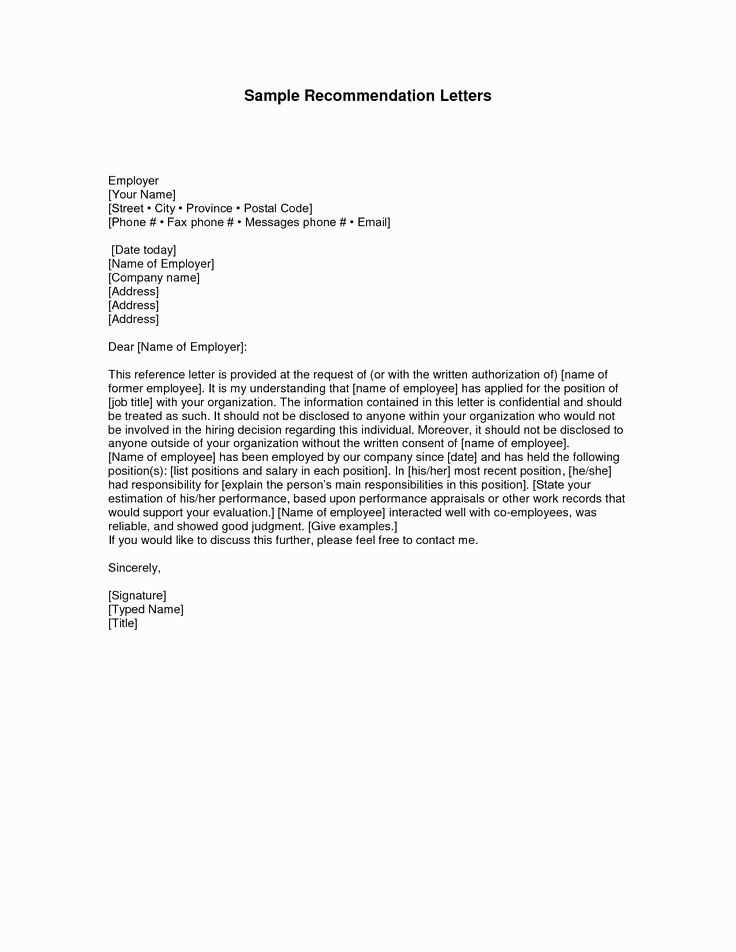
Providing a written endorsement for a previous team member can significantly assist them in securing future positions. Crafting an effective document that highlights their strengths and contributions is essential for showcasing their abilities to prospective employers. This guide offers a simple structure to create a document that demonstrates your professional relationship and supports their career growth.
Key Elements of a Strong Endorsement
When creating an endorsement, it’s important to include several critical details to ensure its effectiveness:
- Introduction: Begin by stating your relationship with the individual and the duration of your association.
- Key Skills: Highlight the core abilities and achievements that made the individual stand out in their role.
- Work Ethic: Mention the level of dedication and professionalism they exhibited during their time with you.
- Impact: Provide examples of how their contributions positively affected the organization or team.
- Conclusion: End by offering a strong endorsement and expressing confidence in their ability to succeed in future roles.
How to Personalize the Document
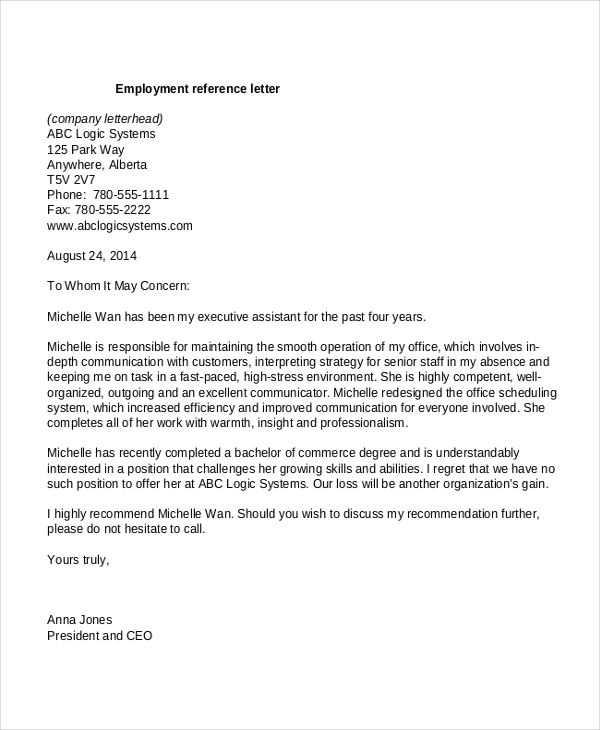
Customization is key when writing an endorsement. Tailor your comments to reflect the individual’s specific achievements and qualities. Avoid generic praise and instead focus on unique examples that demonstrate their value. This approach not only strengthens the content but also provides a more genuine and impactful recommendation.
Common Mistakes to Avoid
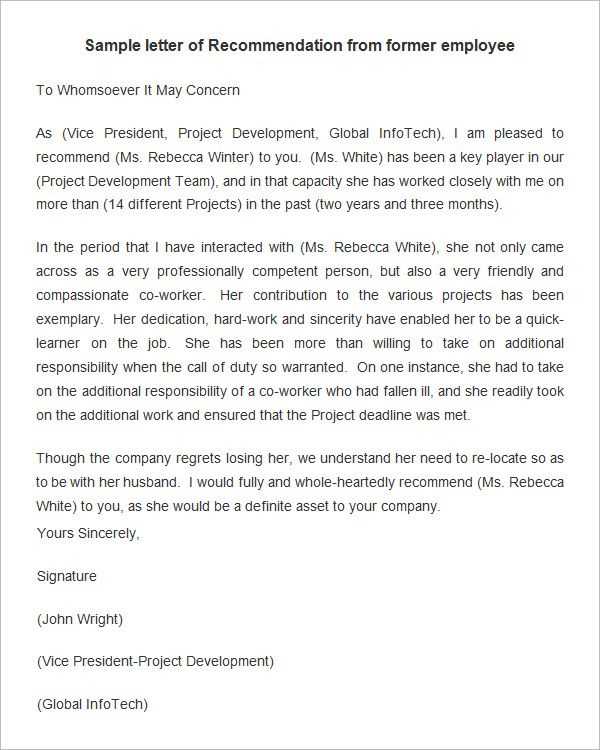
When writing a recommendation, it’s important to steer clear of the following errors:
- Overuse of clichés or vague statements.
- Failing to provide specific examples of achievements.
- Offering a weak or non-committal endorsement.
- Omitting important details about the individual’s character or performance.
Structuring the Document Properly
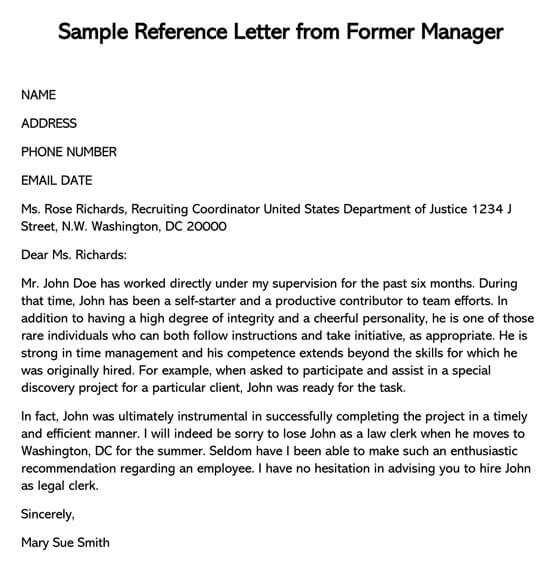
To maintain professionalism, it’s crucial to follow a clear and organized structure. Start with a brief introduction, then move into the body where you detail the individual’s qualifications and attributes. Conclude with a strong recommendation. The format should be straightforward, concise, and easy to read, ensuring that employers can quickly grasp the key points.
Legal Considerations
While providing a recommendation can be immensely helpful, it’s important to consider any potential legal implications. Ensure that the content is truthful and does not make unsupported claims. Additionally, avoid including any confidential or sensitive information that could violate privacy agreements or create liability issues.
Why a Recommendation is Important
Key Components of an Effective Endorsement
Personalizing a Recommendation for Impact
Common Errors to Avoid When Writing
Legal Aspects of Recommendations
How to Properly Format an Endorsement
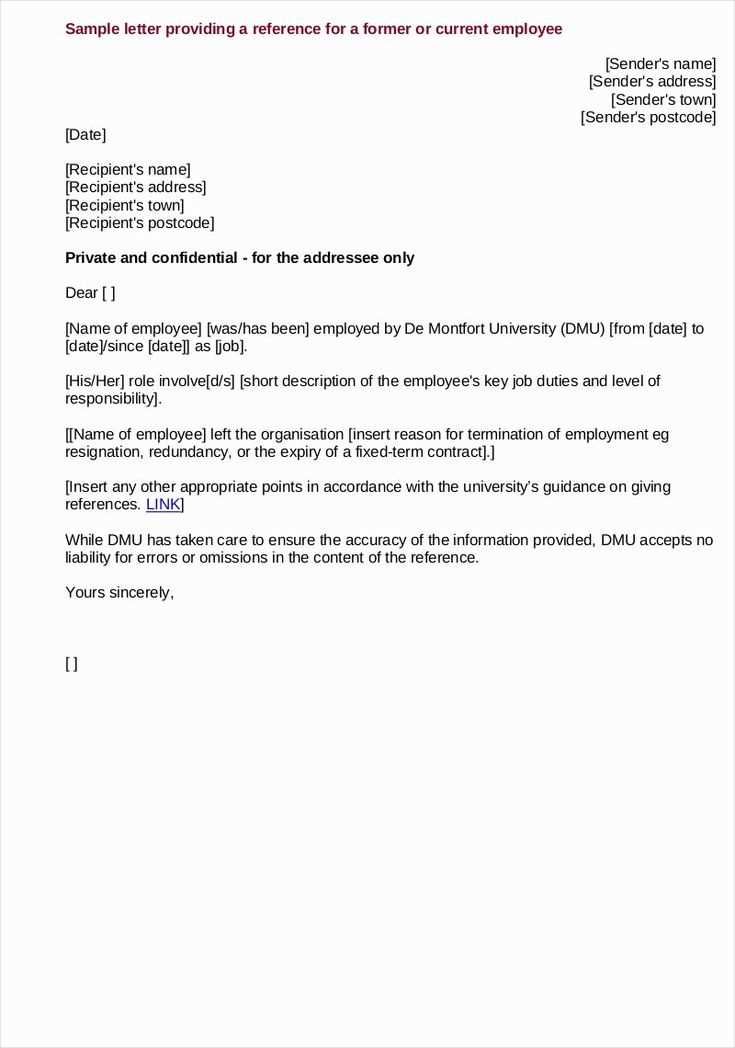
Providing a written endorsement for a past team member plays a crucial role in helping them advance their career. This document can serve as a testament to their professional qualities and achievements, giving potential employers insight into their capabilities. A well-crafted recommendation can enhance their chances of securing a new position by showcasing their strengths and work ethic.
Key Components of an Effective Endorsement
When drafting an endorsement, it’s important to include specific components to ensure it effectively highlights the individual’s qualifications. Start by introducing your relationship with the person, outlining how long you’ve worked together and in what capacity. Then, focus on their main strengths and contributions, offering concrete examples. A powerful endorsement will also reflect their impact on the team or organization and conclude with a strong recommendation for future opportunities.
Personalizing a Recommendation for Impact
To make the endorsement truly stand out, tailor it to reflect the individual’s unique achievements. Avoid generic phrases and focus on specific instances where the individual demonstrated exceptional skills or made a measurable difference. Personalization not only adds authenticity but also strengthens the document’s effectiveness by showing the individual’s true value in a professional setting.
Common Errors to Avoid When Writing
When creating an endorsement, several common pitfalls can weaken the message. First, avoid vague or overused phrases that fail to convey the individual’s strengths. It’s also essential to provide detailed examples rather than relying on general statements. Another mistake is a lack of enthusiasm or a lukewarm endorsement, which can give the wrong impression. Always ensure the endorsement is genuine and supportive.
Legal Aspects of Recommendations
When offering an endorsement, be mindful of any legal concerns. Ensure that the information provided is accurate and truthful, as false statements could lead to legal repercussions. Additionally, avoid including confidential or sensitive information that could breach privacy agreements. Always focus on the professional attributes of the person rather than personal details to maintain privacy and avoid potential liability.
How to Properly Format an Endorsement
A professional recommendation should follow a clean and simple format. Begin with a brief introduction outlining your connection to the individual, followed by the body of the document, where you detail their qualifications and contributions. End with a strong concluding statement that reinforces your endorsement. Ensure the document is well-organized, clear, and easy to read, with proper grammar and punctuation throughout.